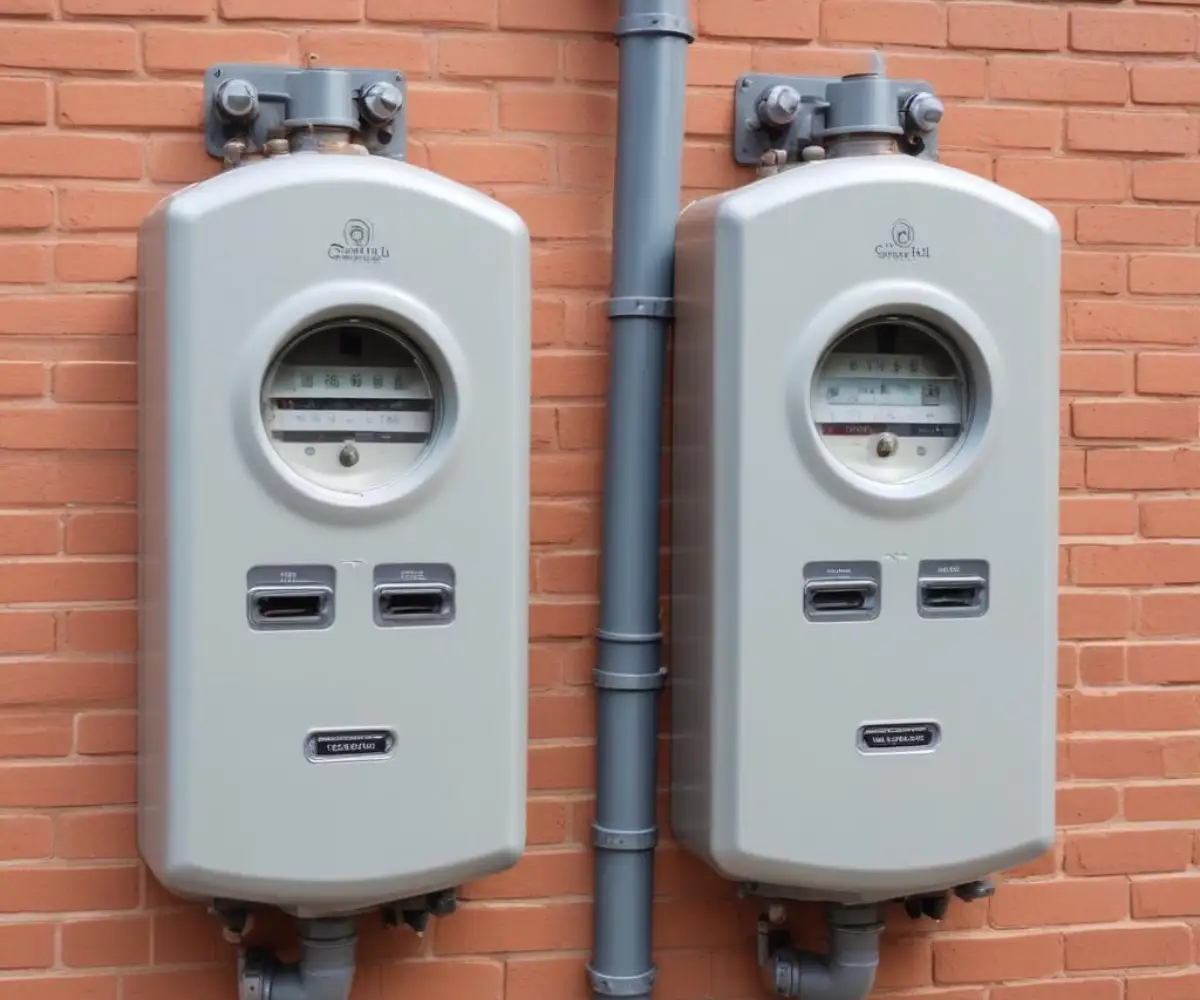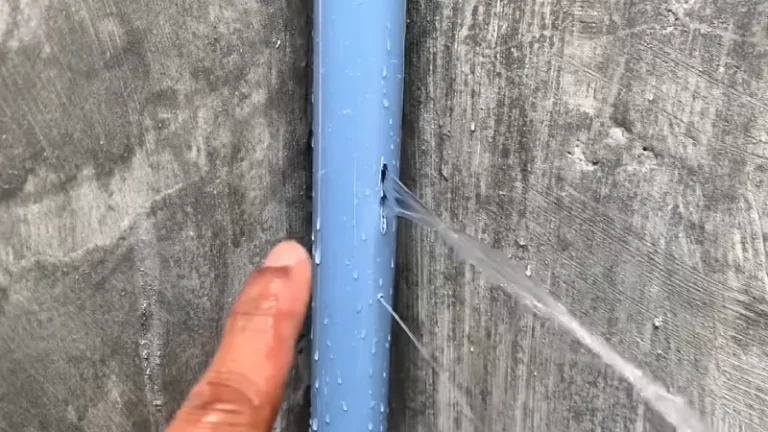Cost to Separate Gas Meters? Your Ultimate Financial Guide
As a landlord or property investor, managing utility costs in a multi-unit property can quickly become a significant headache. When a single gas meter serves multiple tenants, fairly dividing the bill is nearly impossible, often leading to disputes and financial losses. This common problem leaves many property owners asking: how much does it cost to separate gas meters?
The answer is that it’s a significant investment, but one that can pay dividends in tenant satisfaction, property value, and simplified management. Separating gas meters ensures each tenant is responsible for their own consumption, promoting energy conservation and eliminating billing disputes entirely. This guide breaks down every aspect of the process, from the reasons behind it to a detailed look at the final bill.
You'll Learn About
Why You Should Separate Gas Meters: The Problem with Shared Utilities
The core problem with a single meter for a multi-family home is a lack of accountability. When tenants don’t see a direct correlation between their usage and their bill, there’s little incentive to conserve energy. This often results in higher-than-necessary utility costs that the landlord is forced to absorb or awkwardly divide.
Beyond the financial strain, shared meters create friction. Tenants who are mindful of their usage can resent subsidizing those who are not, leading to complaints and a higher turnover rate. By separating the meters, you empower each resident with control over their own bills, creating a fairer and more transparent living environment. This simple change can significantly increase your property’s appeal to prospective renters.
The Long-Term Benefits of Individual Gas Meters
Investing in separate gas meters offers substantial long-term advantages that go far beyond simplified billing. It’s a strategic upgrade that enhances the value and efficiency of your property.
- Increased Property Value: Properties with separate utilities are highly attractive to potential buyers. They represent a more straightforward, lower-risk investment, which can command a higher sale price.
- Fair and Accurate Billing: Separate meters eliminate disputes over utility bills. Tenants pay for exactly what they use, which is the fairest system possible.
- Encourages Energy Conservation: When tenants are directly responsible for their gas bill, they are more likely to conserve energy. This leads to lower overall energy consumption and is better for the environment.
- Simplified Management: Landlords are removed from the role of a middleman in utility billing. This reduces administrative tasks and potential conflicts, allowing you to focus on other aspects of property management.
The Gas Meter Separation Process: A Step-by-Step Breakdown
Separating gas meters is a complex project that involves your utility company, a licensed plumber, and local building authorities. This is absolutely not a DIY job. Working with gas lines is dangerous and requires certified professionals to ensure safety and compliance with all regulations. An improperly installed gas line can pose a severe risk of leaks, fire, or even explosions.
Step 1: Contact Your Local Gas Utility Company
Your first call should be to your local gas provider. They will have a specific process for adding new meters to a property. They need to determine if your existing service line from the street can handle the increased load of multiple meters. They will inform you of their requirements, associated fees, and the next steps you need to take.
Step 2: Hire a Licensed and Insured Plumber or Gasfitter
Only a licensed master plumber or a certified gasfitter is qualified to perform this work. It’s crucial to hire a professional with experience in multi-family conversions. Ask for proof of license and insurance, and get multiple quotes to compare costs and services.
A qualified professional will handle the technical aspects of the job, from planning the new pipe routes to ensuring every connection is secure and up to code. Forgetting this step can lead to major safety hazards. It’s as critical as ensuring your Mueller Climatrol furnace common issues maintenance tips are followed by a professional to prevent system failures.
Step 3: Design, Permitting, and Planning
The contractor will design the new gas piping system. This involves creating a plan to run separate lines from the new meter locations to each individual unit’s gas appliances (furnace, water heater, stove, etc.). This plan must be submitted to your local building department to obtain the necessary permits. Permit fees are a standard part of the process and ensure that the work will be inspected for safety and code compliance.
The complexity of this stage depends heavily on the structure of your building. Running new lines might require opening up walls and ceilings, which adds to the overall project time and cost.

Step 4: Installation of New Gas Lines
Once the permits are approved, the physical work begins. The plumber will run new gas pipes, typically made of black iron or corrugated stainless steel tubing (CSST), to each unit. This is often the most labor-intensive part of the project. They will install new shut-off valves for each unit and ensure every connection point is meticulously sealed and tested.
Step 5: Mandatory Inspections
After the new lines are installed, they must be inspected by both a local building inspector and a representative from the gas company. The inspector will perform a pressure test to ensure there are absolutely no leaks in the system. The system must pass this inspection before the utility company will proceed with installing the new meters.
Step 6: Meter Installation and Activation
With a successful inspection, the gas company will schedule a time to come to your property and install the new meters. Once the meters are set, the service for each unit can be activated. At this point, each tenant can set up their own account directly with the utility provider, and your role in managing gas bills is officially over.
Decoding the Costs: What Are You Paying For?
The cost to separate gas meters can vary widely, typically ranging from $2,500 to $7,500 per unit. For a standard duplex, you might be looking at a total cost of $5,000 to $15,000, while a larger multi-family building will be proportionally more expensive. The final price tag depends on several critical factors.
Key Factors That Influence the Total Cost
- Number of Units: The most direct cost factor. Each additional unit requires its own meter, piping, and labor, increasing the overall project cost.
- Property Layout and Accessibility: The complexity of running new gas lines plays a huge role. A building with an open basement or crawlspace will be less expensive than one where pipes must be fished through finished walls and ceilings.
- Length and Material of Pipes: The total length of new piping needed directly impacts material costs. Prices for materials like black iron pipe are calculated per linear foot.
- Labor Rates: The cost of skilled labor varies significantly by region. Hiring a licensed master plumber in a major metropolitan area will cost more than in a smaller town.
- Permit and Inspection Fees: These fees are set by your local municipality and are a non-negotiable part of the budget. They can range from a few hundred to several thousand dollars.
- Utility Company Charges: Your gas provider will have its own set of fees for installing new meters and potentially upgrading the service line to the property.
- Restoration Work: The cost of repairing drywall, painting, and any other finishing work after the pipes are installed is often overlooked but should be included in your budget. Unexpected issues, like finding a shower panel separating from wall in a bathroom that needs to be accessed, can add to these restoration costs.
Estimated Cost Breakdown Table
To give you a clearer picture, here is a table outlining the potential costs for a typical two-unit (duplex) conversion. Note that these are estimates and can vary based on the factors listed above.
| Expense Item | Estimated Cost Range (Per Unit) | Description |
|---|---|---|
| Licensed Plumber/Gasfitter Labor | $1,500 – $4,000 | Covers all labor for planning, installation, and testing. This is the largest component of the cost. |
| Materials (Pipes, Fittings, Valves) | $500 – $1,500 | Cost depends on the length of pipe needed and the type of material used (e.g., black iron vs. CSST). |
| Permit and Inspection Fees | $300 – $1,000 | Fees required by the local building department to ensure code compliance and safety. |
| Utility Company Fees | $200 – $1,000 | Charges from the gas company for setting the new meter and establishing a new service account. |
| Drywall and Finishing Repairs | $300 – $800 | Cost to patch and paint any walls or ceilings that were opened for pipe installation. |
| Total Estimated Cost Per Unit | $2,800 – $8,300 | This provides a general ballpark for budgeting purposes. Always get detailed quotes for your specific project. |
Is Separating Gas Meters a Worthwhile Investment?
While the upfront cost can be substantial, separating gas meters is almost always a wise long-term investment for a multi-family property. The immediate elimination of utility disputes and administrative burdens provides a significant improvement in your quality of life as a landlord. Over time, the increased property value and appeal to responsible, long-term tenants can provide a strong return on your initial investment.
By making each unit independently responsible for its gas usage, you create a more sustainable and equitable property. While you’re focusing on major upgrades, don’t forget smaller safety checks. Ensuring you know how to close smoke detector battery door properly is a small but vital part of overall home safety. Ultimately, separating the meters is a one-time cost that solves a recurring problem, making it a powerful move for any savvy property owner.

